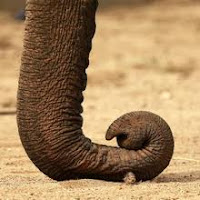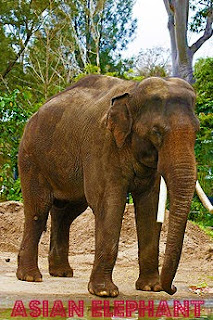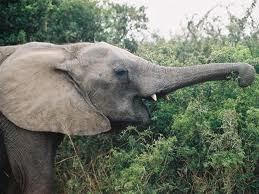Ganesha is one of the deities best-known and most widely worshipped in the Hindu pantheon. His image is found throughout India and Nepal. Devotion to Ganesha is widely diffused and extends to Jains, Buddhists, and beyond India.
Although he is known by many other attributes, Ganesha's elephant head makes him particularly easy to identify. Ganesha is widely revered as the Remover of Obstacles.
Symbols can help us understand the path to Yoga or Union if they are based in spiritual values. Ganesha is a very popular symbol in India, but the fat man with the elephant head has gracefully made its way to the West as well.
The main use of Ganesha as a learning tool is to understand how we create obstacles for ourselves and consequently with his help, learn how to dissolve them.
For more information click here



















